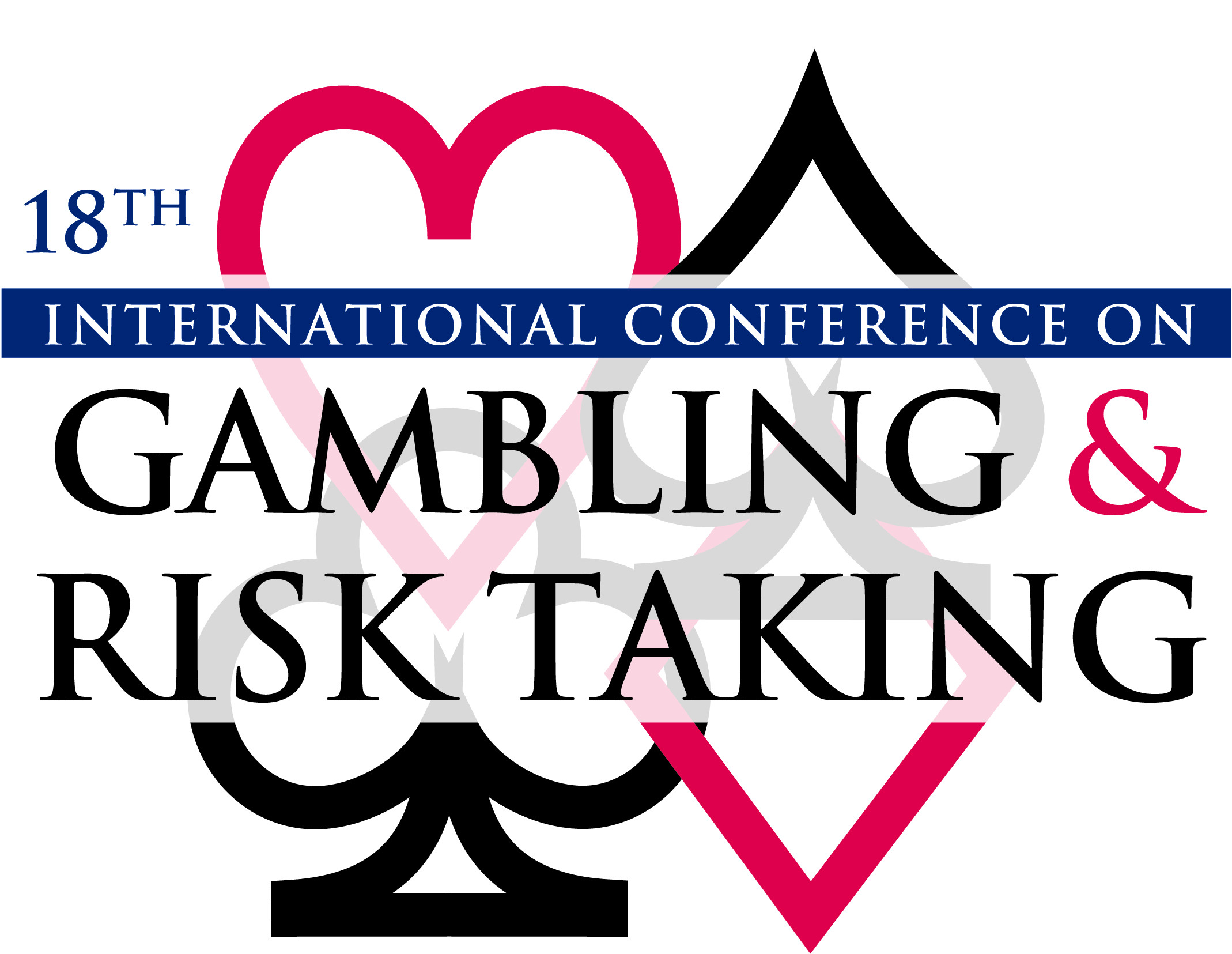Session Title
Session 3-1-A: Problem Gambling and Vulnerable Communities, Part 2
Presentation Type
Paper Presentation
Location
Park MGM, Las Vegas, NV
Start Date
25-5-2023 9:00 AM
End Date
25-5-2023 10:30 AM
Disciplines
Advertising and Promotion Management | Marketing
Abstract
Abstract
Due to the ubiquity of casinos, both brick and mortar and online, problem gambling has emerged as a significant public health issue. It is estimated that 30% - 50% of all casino revenues are generated from problem gamblers who tend to be disproportionately male, young, and minority group members (Welte et al. 2014). Although prior research has examined the mediating role of gambling behaviors in the relationship between casino marketing strategies and problem gambling, it is not clear what role casino loyalty programs play in predicting problem gambling, particularly in underserved and minority populations. Prentice & Wong (2016) examined the mediating role of gambling behaviors in the relationship between casino marketing strategies and problem gambling. Their findings indicate that loyalty programs were not significantly related to problem gambling despite the fact that only customer loyalty was conceptualized to have an effect on problem gambling. So, what role do casino loyalty programs play in predicting problem gambling? The objective of this study is to bridge the identified theoretical gap and examine casino loyalty programs through the normative framework of the “integrative justice model’” (Santos & Laczniak 2009). Specifically, this presentation will discuss the aims and importance of (1) explaining the influence of casino loyalty programs in the relationship between ease of access and problem gambling; and (2) uncovering the impact of casino loyalty programs in the context of an underserved population.
Implications
Casino loyalty programs are unstudied within the context of problem gambling. Marketing’s role as both a contributor to the problem and as a force in its alleviation is a complex one. Existing customer loyalty programs may need to be modified to reduce disproportionate harm to underserved and minority populations.
References
Prentice, C., & Wong, I. A. (2016). Embracing or fighting the urge: A multilevel investigation on casino service, branding and impulsive gambling. International Journal of Hospitality Management, 56, 109‐118.
Santos, N., & Laczniak, G. (2009). Marketing to the poor: An integratie justice model for engaging impoverished market segments. Journal of Public Policy & Marketing, 28(1), 3-15.
Welte, J. W., Barnes, G. M., Tidwell, M.-C. O., et al. (2015). Gambling and problem gambling in the United States: Changes between 1999 and 2013. Journal of Gambling Studies, 31, 695-715.
Keywords
problem gambling; casino loyalty programs; integrative justice model (IJM); underserved and minority populations; gambling behaviors; impulsivity.
Funding Sources
None
Competing Interests
None
Calling Their Bluff: Misplaced Loyalty is a Problem for Gamblers
Park MGM, Las Vegas, NV
Abstract
Due to the ubiquity of casinos, both brick and mortar and online, problem gambling has emerged as a significant public health issue. It is estimated that 30% - 50% of all casino revenues are generated from problem gamblers who tend to be disproportionately male, young, and minority group members (Welte et al. 2014). Although prior research has examined the mediating role of gambling behaviors in the relationship between casino marketing strategies and problem gambling, it is not clear what role casino loyalty programs play in predicting problem gambling, particularly in underserved and minority populations. Prentice & Wong (2016) examined the mediating role of gambling behaviors in the relationship between casino marketing strategies and problem gambling. Their findings indicate that loyalty programs were not significantly related to problem gambling despite the fact that only customer loyalty was conceptualized to have an effect on problem gambling. So, what role do casino loyalty programs play in predicting problem gambling? The objective of this study is to bridge the identified theoretical gap and examine casino loyalty programs through the normative framework of the “integrative justice model’” (Santos & Laczniak 2009). Specifically, this presentation will discuss the aims and importance of (1) explaining the influence of casino loyalty programs in the relationship between ease of access and problem gambling; and (2) uncovering the impact of casino loyalty programs in the context of an underserved population.
Implications
Casino loyalty programs are unstudied within the context of problem gambling. Marketing’s role as both a contributor to the problem and as a force in its alleviation is a complex one. Existing customer loyalty programs may need to be modified to reduce disproportionate harm to underserved and minority populations.
References
Prentice, C., & Wong, I. A. (2016). Embracing or fighting the urge: A multilevel investigation on casino service, branding and impulsive gambling. International Journal of Hospitality Management, 56, 109‐118.
Santos, N., & Laczniak, G. (2009). Marketing to the poor: An integratie justice model for engaging impoverished market segments. Journal of Public Policy & Marketing, 28(1), 3-15.
Welte, J. W., Barnes, G. M., Tidwell, M.-C. O., et al. (2015). Gambling and problem gambling in the United States: Changes between 1999 and 2013. Journal of Gambling Studies, 31, 695-715.


Comments
None